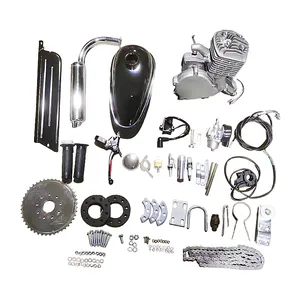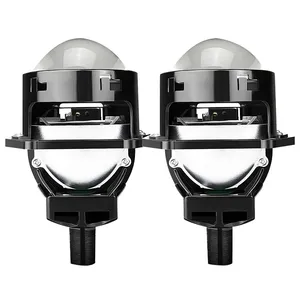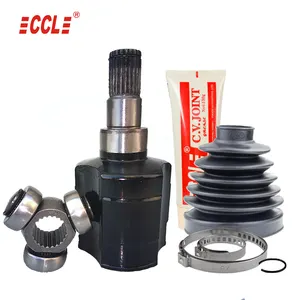Popular in your industry














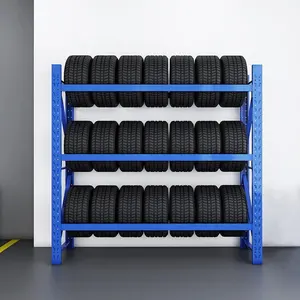


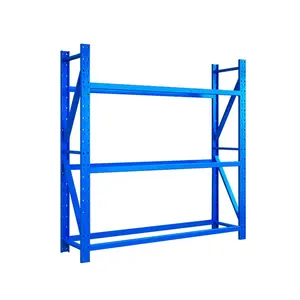





















































































































































































Top categories
About hino bus tyres
Understanding Hino Bus Tyres
Hino bus tyres are a critical component for the safety and performance of buses on the road. Designed to withstand heavy loads, these tyres are engineered to offer durability and reliability for various types of buses. The selection of the right tyre affects the handling, fuel efficiency, and overall operation of the vehicle.
Types and Applications
There are several types of hino bus tyres to cater to different applications. From urban areas with frequent stops to long-distance travel on highways, each tyre is constructed to meet specific operational demands. The tread patterns, sidewall strength, and rubber compounds are all tailored to enhance performance in diverse driving conditions.
Features and Materials
The features of hino bus tyres include reinforced sidewalls to resist impacts and abrasions, deep tread patterns for extended service life, and specialized rubber compounds for improved grip. The materials used in these tyres are a blend of natural and synthetic rubber, along with steel belts for added strength and puncture resistance.
Advantages of Quality Tyres
Quality hino bus tyres offer numerous advantages such as improved safety through better traction and braking performance. They also contribute to a smoother ride for passengers and help in reducing operating costs by offering longer tread life and better fuel economy.
Choosing the Right Tyre
Selecting the right hino bus tyres involves considering the size, load capacity, and speed rating. It is essential to match these specifications with the vehicle's requirements to ensure optimal performance and safety. Tyre maintenance is also crucial, as proper inflation and regular inspections can extend the life of the tyres.
Environmental Considerations
Modern hino bus tyres are also designed with environmental considerations in mind. Manufacturers are increasingly focusing on reducing rolling resistance to lower fuel consumption and emissions, contributing to a greener operation of bus fleets.
